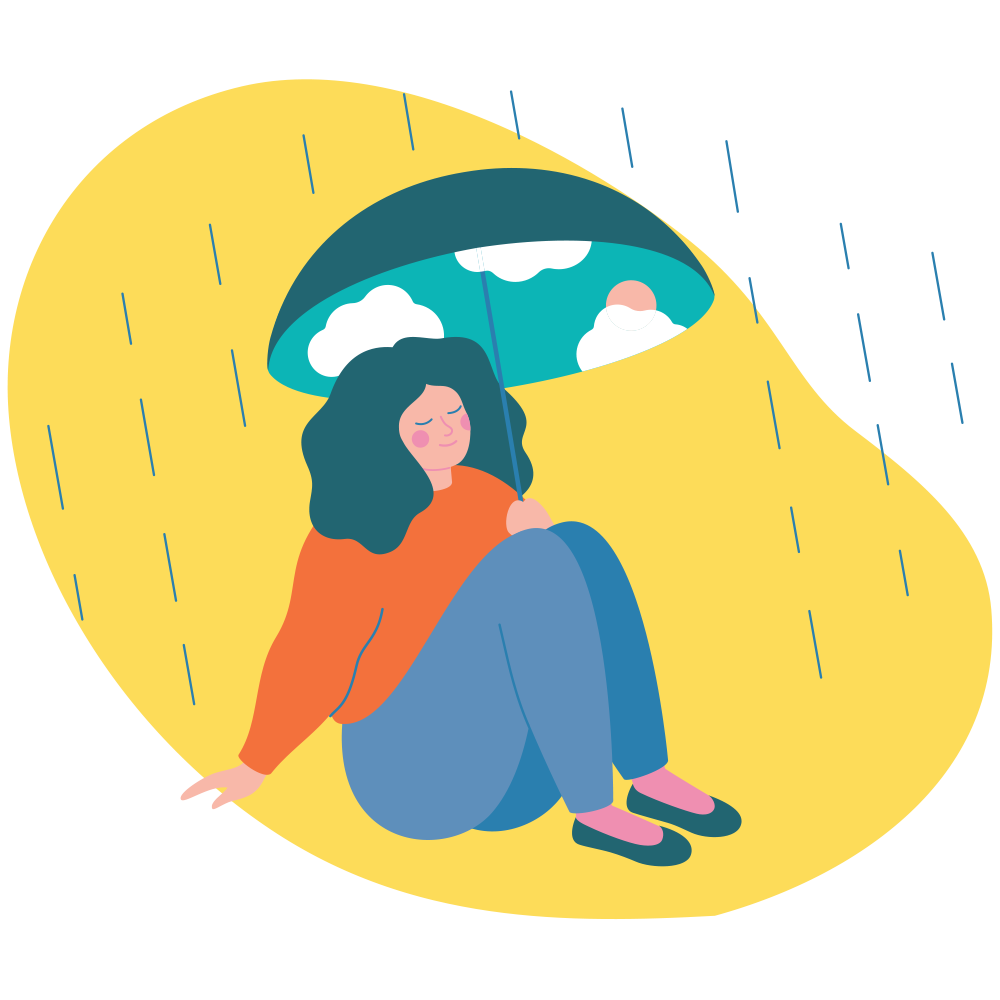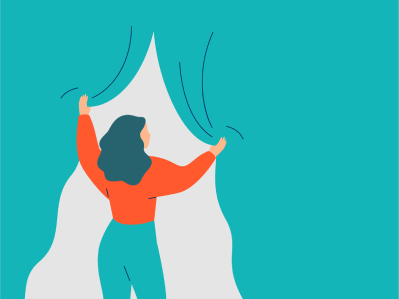With a DVA White Card, eligible veterans can access fully funded mental health care—no diagnosis or proof of service-related cause required. Support is just a step away.
Electroconvulsive Therapy
About Electroconvulsive Therapy
Electroconvulsive therapy (ECT) has been used across the world as an effective treatment for some severe mental illnesses for many years. The value of this treatment is known internationally and the method has been improved in recent years to get better results and fewer side effects.
Modern ECT is safe for most people (exceptions are now rare) and for some conditions, ECT is the best and safest treatment option. ECT will not be given to anybody deemed unfit for treatment and your physical health such a cardiac condition will be assessed as a part of this. ECT is not painful.
This program may be suitable for you if:
- ECT is good for major depression, mania and some forms of schizophrenia. In depression, it is particularly good for those people who are very depressed and those who may be suicidal.
- It is used in the treatment of depression when antidepressants have not worked.
- It is also used for patients who have bad side effects with antidepressants or whose medical condition means they can’t take antidepressants safely.
Program content
Treatment takes place in the hospital's ECT Suite and only takes a few minutes.
A Psychiatrist who has specialised training in ECT performs the treatment. The Psychiatrist puts the treating electrodes to your scalp and passes a measured amount of electricity to a part of the brain to cause a seizure. The seizure will last about one minute.
During the treatment, the Anaesthetist will continue to give you oxygen via a mask and monitor your heart rate and oxygen level. You will be asleep during all of this treatment, which means that you will not feel or remember any of the actual treatment.
Within a few minutes, the anaesthetic medication will have worn off and you will wake up. During this time, you will be moved to the recovery room where you will monitored until you are awake enough to return to your ward (or wait to be taken home if you are having day procedure ECT). You will usually be ready for a meal about 15–20 minutes after the treatment.
What you will experience
You will have a short general anaesthetic so you will be asleep and not feel or remember the treatment. An Anaesthetist will give the anaesthetic. You will also be given a muscle relaxant to keep any muscle reaction to the ECT at a safe level.
Treatment objectives
Relieving severe symptoms
The primary objective is to alleviate symptoms such as depression, mania, psychosis, or catatonia.
Rapid symptom improvement
ECT is known for its ability to produce relatively quick improvement in symptoms.
Enhancing response to other treatments
ECT can be used as an adjunct to other treatments, such as medication or psychotherapy. It may be employed to improve the individual's response to these interventions, especially when they have not been effective on their own.
Preventing relapse
ECT can be effective in preventing relapse and maintaining remission in certain cases. It may be used as a maintenance treatment to reduce the risk of recurrence of severe depressive or manic episodes, particularly when other treatments have been insufficient.
Managing treatment-resistant conditions
ECT is sometimes utilized in cases where an individual's condition is resistant to other treatment approaches. It can be particularly beneficial for individuals who have not responded well to multiple medication trials or psychotherapy interventions.


